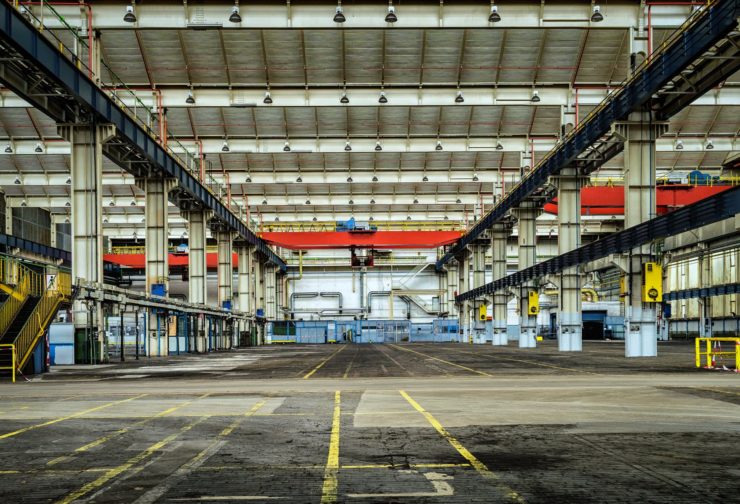
Businesses have started using drones in their warehouses. These drones have been designed to fly indoors to assist in inventory management. The project has been rolled out by drone company PINC which has worked with companies such as Walmart to create what they refer to as the new experience and core intellectual property in inventory and asset identification.
Chris Sultemeier, a former executive vice president of logistics for Walmart stated that the technology is set to benefit large organizations. According to experts, most companies have inventory that is stationary. Companies that operate large stores deal with large amounts of inventory. Finding items in their warehouses can be quite challenging, and this is where the aerial inventory drones come into play. If companies can quickly identify and retrieve inventory, they can cut their inventory carrying costs.
It is because of this need that tech companies like PINC have been testing drones that carry sensors, scanners and cameras to monitor and track inventory. Their objective is to be able to track inventory more accurately and efficiently than people can. It has been two years since PINC and Walmart have their pilot program, and the results have been great.
However, there still exists some concerns that need to be resolved. For instance, drones in different supply chain cases incorporate technologies such as artificial intelligence, sensors, and inventory and network optimization. Matt Yearling, the CEO of PINC, notes that any company dealing with inventory regardless of the type of business has problems with accurately keeping track of it.
The automated warehouse drones systems, tend to suffer from what analysts refer to as “garbage in, garbage out” issues. This means that if inventory is lost, an automated system does not have the capacity or ability to identify the problem, prevent it, or resolve it. Furthermore, drones by design can be impaired visually in regards to looking through places such as bins. For the drones to be able to function seamlessly, they need the ability to view the inventory in front of them physically. The only concern might be to the workers who may feel targeted because they stand the risk of being replaced by the more efficient and accurate drones. Yearling has addressed these concerns by pointing out that their aim is not to replace people, but redirect them to help allow technology to work for them.
|